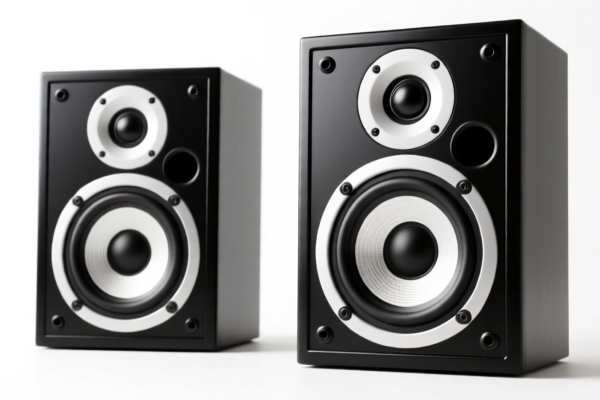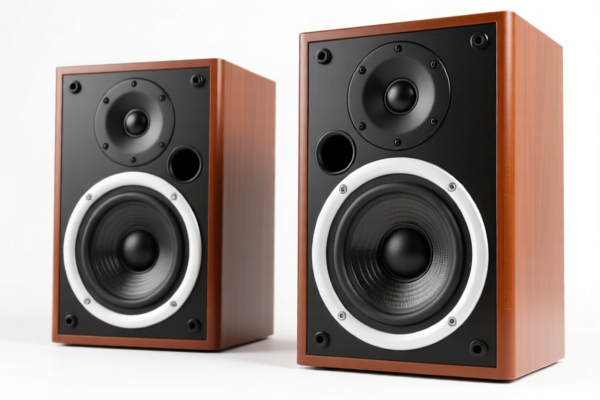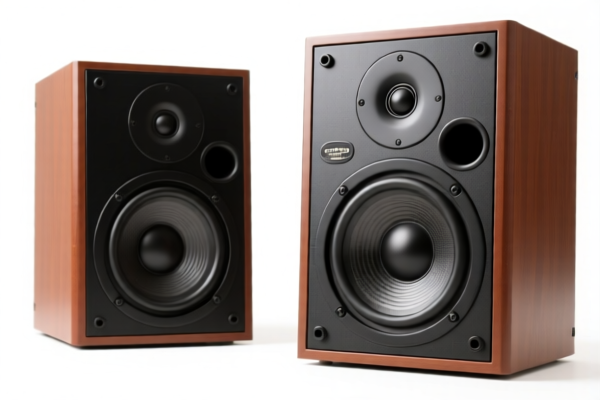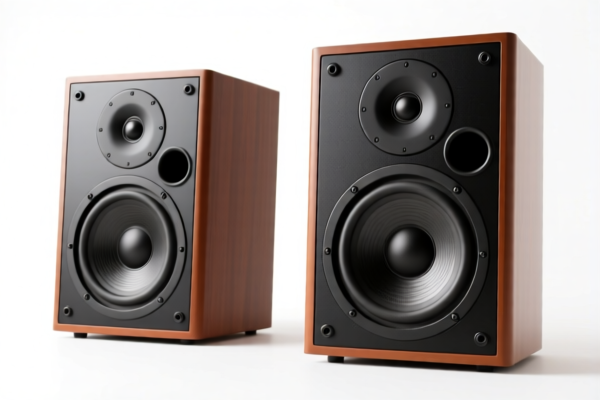| HS Code | Official Doc | Tariff Rate | Origin | Destination | Effective Date |
|---|---|---|---|---|---|
| 8518402000 | Doc | 30.0% | CN | US | 2025-05-12 |
| 8543709810 | Doc | 57.6% | CN | US | 2025-05-12 |
| 8543708000 | Doc | 55.0% | CN | US | 2025-05-12 |
| 9032896085 | Doc | 56.7% | CN | US | 2025-05-12 |
| 9032896075 | Doc | 56.7% | CN | US | 2025-05-12 |




Audio Amplifier
An audio amplifier is an electronic device that increases the power of an audio signal. It takes a weak audio signal, such as from a microphone, instrument, or media player, and produces a stronger signal suitable for driving loudspeakers or other audio output devices.
Material
Audio amplifiers are constructed using a variety of components, primarily semiconductors. Common materials include:
- Transistors: Bipolar Junction Transistors (BJTs) and Field-Effect Transistors (FETs) are fundamental for signal amplification. Silicon is the most common semiconductor material used in transistor fabrication.
- Integrated Circuits (ICs): ICs contain numerous transistors and other components on a single chip, enabling complex amplifier designs. These are typically based on silicon.
- Resistors: Carbon film, metal film, and wirewound resistors are used for setting gain, bias, and providing feedback.
- Capacitors: Ceramic, electrolytic, and film capacitors are used for filtering, coupling, and decoupling signals.
- Inductors: Iron-core or air-core inductors are used in certain amplifier types, particularly in filter circuits and power supplies.
- Transformers: Used in power amplifiers for impedance matching and providing isolation. These utilize laminated iron cores and copper windings.
- Diodes: Used for rectification, clipping, and protection circuits. Silicon is the primary semiconductor material.
- Printed Circuit Boards (PCBs): Typically made of fiberglass epoxy, providing a platform for mounting components.
- Enclosures: Materials like aluminum, steel, or plastic house the amplifier circuitry and provide shielding.
Purpose
The primary purpose of an audio amplifier is to increase the amplitude of an audio signal without significantly altering its waveform. This is necessary because:
- Low-Level Signals: Many audio sources (microphones, instruments) produce signals too weak to directly drive loudspeakers.
- Power Requirements: Loudspeakers require substantial power to produce audible sound. Amplifiers provide this power.
- Signal Processing: Amplifiers can also be designed to shape the audio signal, providing equalization, tone control, and other effects.
Function
The core function of an audio amplifier involves:
- Voltage Amplification: Increasing the voltage swing of the input signal.
- Current Amplification: Increasing the current delivered to the load (loudspeaker).
- Power Amplification: Increasing the overall power of the signal.
- Impedance Matching: Optimizing the transfer of power from the amplifier to the load.
- Minimizing Distortion: Preserving the fidelity of the original audio signal.
Usage Scenarios
Audio amplifiers are used in a wide variety of applications:
- Home Audio Systems: Powering loudspeakers for music playback.
- Public Address (PA) Systems: Amplifying sound for announcements and performances.
- Musical Instruments: Amplifying guitars, basses, keyboards, and other instruments.
- Headphones: Driving headphone speakers for personal listening.
- Automotive Audio: Powering car speakers.
- Professional Recording Studios: Amplifying and processing audio signals for recording and mixing.
- Telecommunications: Amplifying audio signals in telephones and communication devices.
Common Types
- Class A Amplifiers: Offer high fidelity but are inefficient.
- Class B Amplifiers: More efficient than Class A but suffer from crossover distortion.
- Class AB Amplifiers: A compromise between Class A and Class B, offering good fidelity and efficiency. The most common type.
- Class C Amplifiers: Highly efficient but produce significant distortion; typically used in radio frequency applications.
- Class D Amplifiers: Utilize pulse-width modulation for high efficiency and compact size. Increasingly popular in portable devices and home audio.
- Operational Amplifier (Op-Amp) Amplifiers: Versatile integrated circuits used in a wide range of audio applications, including preamplifiers, equalizers, and filters.
- Tube Amplifiers (Valve Amplifiers): Utilize vacuum tubes for amplification; known for their warm sound characteristics.
- Solid-State Amplifiers: Utilize transistors for amplification; generally more reliable and compact than tube amplifiers.
- Preamplifiers: Amplify weak signals to a usable level before further processing.
- Power Amplifiers: Designed to drive loudspeakers.
- Integrated Amplifiers: Combine a preamplifier and a power amplifier in a single unit.
The declared goods are audio amplifiers, devices designed to increase the power of audio signals. These are used in a variety of applications including sound systems, recording equipment, and communication devices.
The following HS codes are relevant based on the provided information:
-
8518402000: This HS code covers microphones and stands therefor; loudspeakers, whether or not mounted in their enclosures; headphones and earphones, whether or not combined with a microphone, and sets consisting of a microphone and one or more loudspeakers; audio-frequency electric amplifiers; electric sound amplifier sets; parts thereof: Audio-frequency electric amplifiers: Other. This is a broad category encompassing various types of audio amplifiers.
- 85: Electrical machines and apparatus; parts thereof.
- 18: Sound recording or reproducing apparatus, and apparatus therefor; semi-conductors devices; electronic tubes, valves and rectifiers.
- 40: Audio-frequency electric amplifiers.
- 20: Other.
- 00: Further specification.
- Tax Rate: Base tariff: 0.0%, Additional tariff: 0.0%, Post April 2, 2025, additional tariff: 30%. Total tariff: 30.0%.
-
8543709810: This HS code covers electrical machines and apparatus, having individual functions, not specified or included elsewhere in this chapter; parts thereof: Other machines and apparatus: Other: Amplifiers. This code is for amplifiers that don't fall into more specific categories within the chapter.
- 85: Electrical machines and apparatus; parts thereof.
- 43: Electrical machines and apparatus, having individual functions, not specified or included elsewhere in this chapter.
- 70: Other machines and apparatus.
- 98: Other.
- 10: Amplifiers.
- Tax Rate: Base tariff: 2.6%, Additional tariff: 25.0%, Post April 2, 2025, additional tariff: 30%. Total tariff: 57.6%.
-
8543708000: This HS code covers electrical machines and apparatus, having individual functions, not specified or included elsewhere in this chapter; parts thereof: Other machines and apparatus: Other: Microwave amplifiers. This is a specific type of amplifier.
- 85: Electrical machines and apparatus; parts thereof.
- 43: Electrical machines and apparatus, having individual functions, not specified or included elsewhere in this chapter.
- 70: Other machines and apparatus.
- 80: Other.
- 00: Microwave amplifiers.
- Tax Rate: Base tariff: 0.0%, Additional tariff: 25.0%, Post April 2, 2025, additional tariff: 30%. Total tariff: 55.0%.
Customer Reviews
No reviews yet.